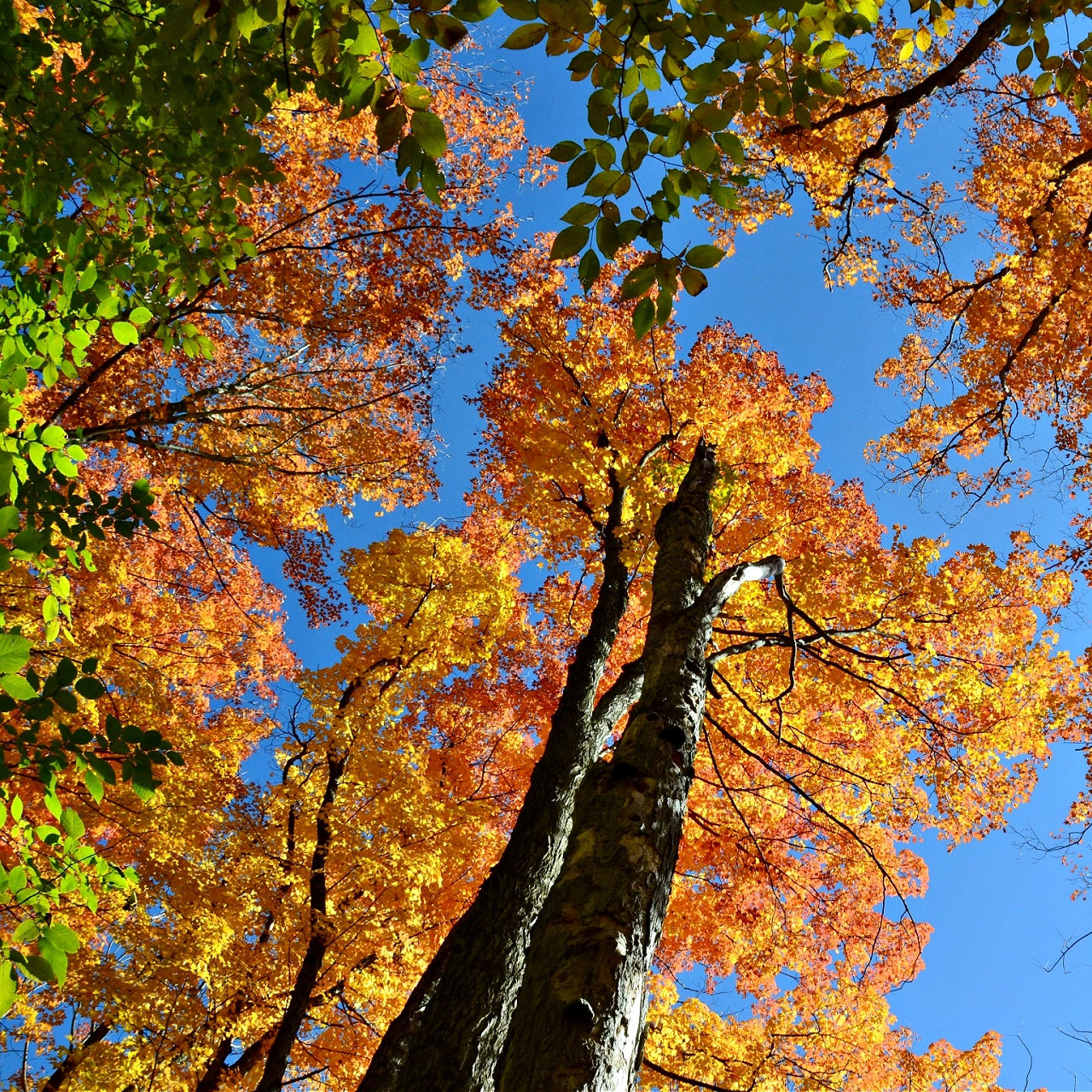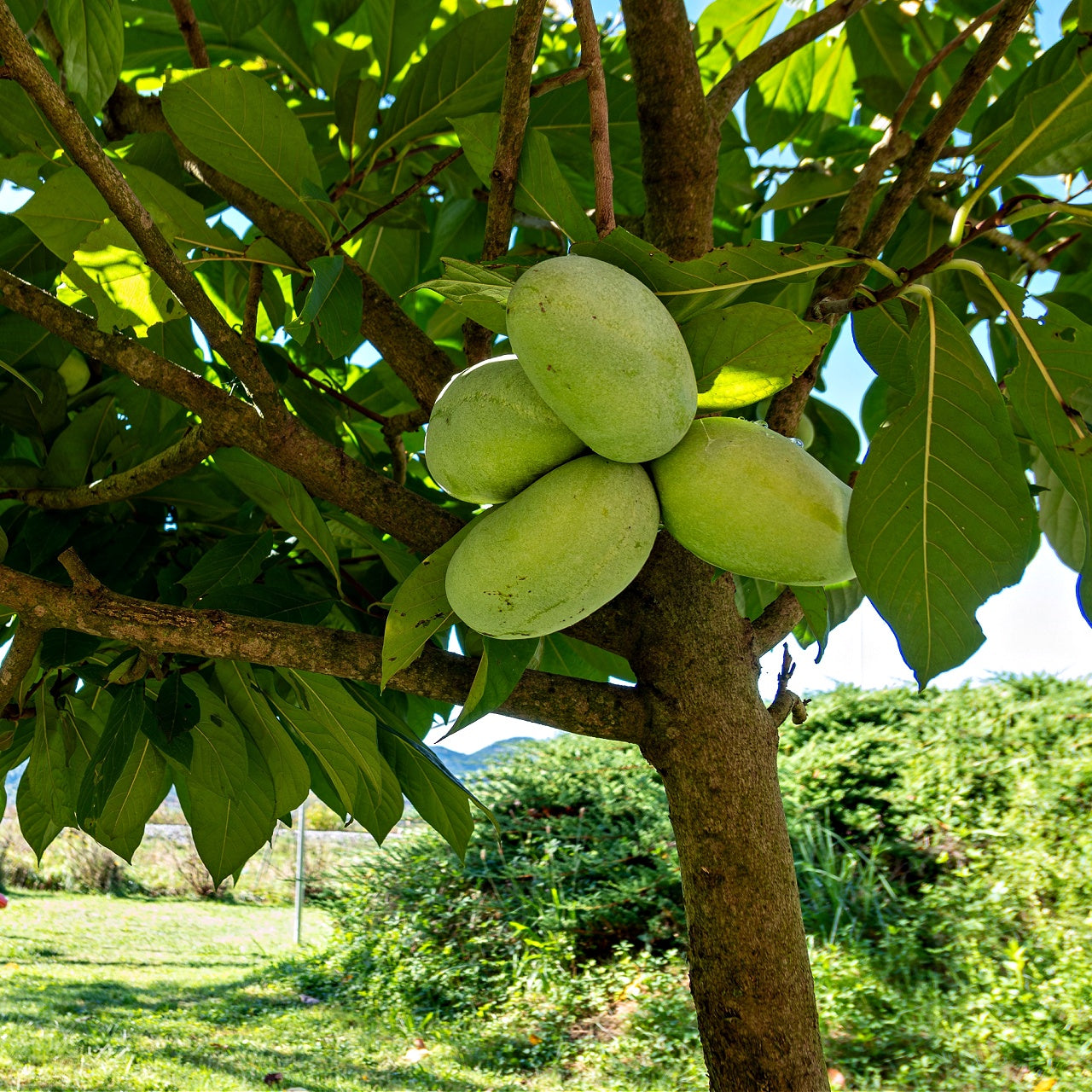
How and When to Fertilize Perennial Plants
How and When to Fertilize Perennial Plants
The Ultimate Guide to Fertilize Perennials in Fall
For making sure your perennials are getting the nutrients they need, knowing when and how to fertilize them is a crucial part of gardening. From composting to selecting the right fertilizer, this article covers all the basics to keep your perennials thriving!
Fall fertilization is particularly important for perennial plants. Applying fertilizers in late fall, especially after the first frost, promotes root growth and nutrient absorption, improving plant health and resilience against winter conditions.
Many of us want our gardens alive with vibrant colors and fragrances year-round, so let’s learn more about specific fertilizer types and ideal application times for each type. An understanding of this information will make it easier than ever before to enjoy perfectly maintained perennial plants in no time. Let’s get started!
What is a Perennial Plant?
Technically speaking, they are plants that bloom and live for longer than two years. This differs from annuals, like petunias, which bloom for a year before they go to seed and die. Certain perennials have a short lifespan (lasting three to four years); however, many are long-lived. Peonies are known to last for 100 years or more!
When we think of perennials, we usually think of ornamental plants, like the daylilies and daisies we find in our gardens. However, perennials are available in all sizes, shapes, and shades.
One of the most appealing aspects of perennials is that you only need to put them in once; afterward, they grow stronger and more beautiful each year. We can separate many species each 3-4 years, meaning you’ll have plenty of plants to plant in different areas of your garden. You can also give it to friends. It’s a fantastic investment! However, be careful, as gardening for the long haul can become addictive!
Fertilizing perennials in early fall promotes root growth and overall plant health. Proper fertilization during this period can lead to more abundant blooms in the following spring and helps avoid encouraging new growth that frost could damage.
Perennial Plant Fertilization: When Not To Fertilize
You may not believe it, but there’s a time when fertilizing your perennials could endanger them. For most perennials, fertilizing between mid and late autumn can be disastrous. It is best to avoid fertilizing during this period.
As fall comes around, perennials begin to slow down their growth. Instead of using their energy to produce new blooms or leaves, they store energy to keep them safe through winter.
When To Fertilize Perennial Plants
Providing added power could benefit your plants in two key time frames regarding perennials.
The first one is in the early spring, just as they emerge from their dormant state. The other is just before or when the plant blooms. Let’s start by looking at these specific times and how you can best fertilize each.
Understanding Perennial Plant Fertilization
Perennial plant fertilization is a cornerstone of maintaining healthy and vibrant gardens. Unlike annuals, which complete their life cycle in one season, perennial plants return year after year, making their fertilization needs unique. Understanding the basics of perennial plant fertilization can help you provide the essential nutrients your plants need to thrive.
Perennial plants require a balanced diet of nutrients, primarily nitrogen (N), phosphorus (P), and potassium (K). Nitrogen is crucial for foliage growth, giving your plants lush green leaves. Phosphorus supports root growth and flower production, ensuring your perennials have strong foundations and beautiful blooms. Potassium, on the other hand, is vital for overall plant health, helping your plants resist diseases and withstand environmental stresses.
A well-balanced fertilizer with a ratio of 10-10-10 (N-P-K) is generally suitable for most perennials. However, it’s important to note that different perennials have varying fertilization needs. For instance, perennials that produce showy flowers, such as peonies and daylilies, benefit from higher phosphorus levels to enhance blooming. Conversely, perennials prized for their foliage, like hostas and ferns, require more nitrogen to promote leaf growth.
By understanding these nutrient requirements, you can tailor your fertilization approach to meet the specific needs of your perennial plants, ensuring they remain healthy and beautiful year after year.
Fertilize perennials early in the spring
For most perennials, a springtime application of fertilizer can be crucial. This aids in the development of robust roots and healthy foliage. The ideal moment to administer this dosage is right before or just as your perennials emerge from the ground and grow leaves. It is also important to fertilize established trees and shrubs in early spring to ensure they store nutrients for health-promoting functions.
As a plant comes from its dormancy stage, it requires energy to fuel its growth. The stronger and healthier the plant’s roots and leaves develop at the beginning of the season and more, the better it will boost flowering when it’s time for flowers. Using organic fertilizers can produce natural and worry-free results, ensuring that gardens are well-nourished and healthy as they transition into winter and prepare for spring.
Granular fertilizers are your most effective choice to fertilize your plants in the spring or early spring. This is the time; it’s not about stimulating the plant in a hurry to increase bloom power but instead trying to maintain power levels for a great growth rate.
Granular fertilizers work well for slowly releasing fertilizers to plants. Once broken down in the soil, they leak into the plant’s root system. This gradual and steady process is precisely what perennials require, boosting their power in the early spring. The following perennials are easy to grow in your garden:
The dark green leaves can grow to lengths of between 3/4 and 2 inches. We can divide them into three or five leaves on a stem, which can be 6 inches in size. The clumped plants thrive in dry, well-drained soil to prevent the roots from becoming rotten and thrive in the sun from partial to complete, but they cannot endure a whole day of sunshine.
They grow to an average height of 3 to 10 inches at maturity. They are early bloomers and signal spring’s beginning in March and April. In full bloom, I usually adorned them with stunning pale to dark purple flowers surrounding the center of the orange. They also have different blues, white, and bi-color flowers. Each bloom consists of five petals. The flowers measure approximately 2 inches in size.
Partridgeberry Plants
Mitchella Repens is a tiny evergreen perennial indigenous to North and Central America. I striped other names for the plant wintergreen, striped prince’s spine, or ratsbane.
Its flowers have a subtle scent that is delicate and subtle. The plant leaves can be eaten, while others utilize them as remedies for certain illnesses because of their long-standing history of healing. The most frequent ailments that treat this plant are abrasions, injuries, and more severe diseases, like arthritis and urinary tract disorders.
How to Fertilize Perennial Plants
Fertilizing perennial plants is a straightforward process that, when done correctly, can significantly enhance their growth and longevity. Here are some essential steps to follow:
-
Choose the Right Fertilizer: Select a balanced fertilizer with a ratio of 10-10-10 (N-P-K) or one specifically formulated for perennials. This ensures your plants receive a well-rounded supply of nutrients.
-
Conduct a Soil Test: Before applying any fertilizer, it’s wise to conduct a soil test. This will help you determine your soil's pH level and nutrient content, allowing you to choose the right fertilizer and avoid over-fertilizing, which can harm your plants.
-
Fertilize in Early Spring: The best time to fertilize perennials is in early spring, just as new growth emerges. This timing provides the necessary nutrients for the growing season, supporting robust root and foliage growth.
-
Fertilize in Late Summer: A second round of fertilization in late summer, about 6-8 weeks before the first frost, can be beneficial. This helps promote root growth and prepares the plants for winter, ensuring they return strong the following year.
-
Use Slow-Release Fertilizers: Consider using slow-release fertilizers, which provide nutrients to the plants over an extended period. This can reduce the need for frequent fertilization and ensure a steady supply of nutrients.
-
Follow the Instructions: Always follow the fertilizer package instructions regarding application rates and timing. Over-fertilizing can be just as detrimental as under-fertilizing, so it’s important to get it right.
By following these steps, you can effectively fertilize your perennial plants, ensuring they receive the nutrients they need for healthy growth and beautiful blooms.
[SIBERIAN IRIS: Planting in Early Fall](https://tennesseewholesalenursery.com/products/siberian-iris)
The Siberian Iris is a perennial that can quickly grow in zones 2-7. To achieve the best results, put your Iris plants between 10 and 12 inches apart. This will give the plants space to spread.
To promote healthy root growth and enhance resilience against winter conditions, it is important to fertilize trees and shrubs, including the Siberian Iris, in late fall. This timing allows the plants to absorb nutrients effectively while slowing growth, leading to stronger roots and improved resilience against cold temperatures.
This perennial grows moderately and can last an average of 10 years. Its flowers make the perfect complement to a bouquet of cut flowers. They require minimal maintenance. I should cut the plants back in autumn to ensure they are healthy in the spring. Please make sure they are in a moist environment.
They typically find it on stream banks, marshes, and along lakesides. The flowers are renowned for their vibrant, vivid violet-blue blossoms and deeply veined leaves resembling swords. The flowers measure two and three inches tall and have white marks at the base. It can grow to three feet tall and 2 feet wide. They thrive in moist, damp, well-drained soil. The plant is a fan of partial shade to maximize growth. They are frequently used to create an accent in small ponds as their size and color will draw attention toward the garden or lake in which they are located.
Products from the Article

Spotted Wintergreen

Virginia Pine Tree









